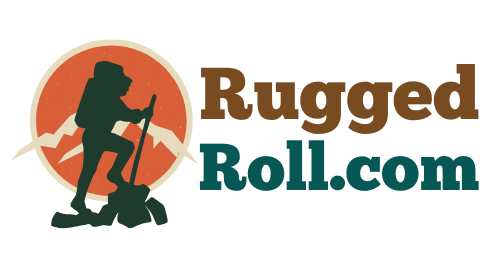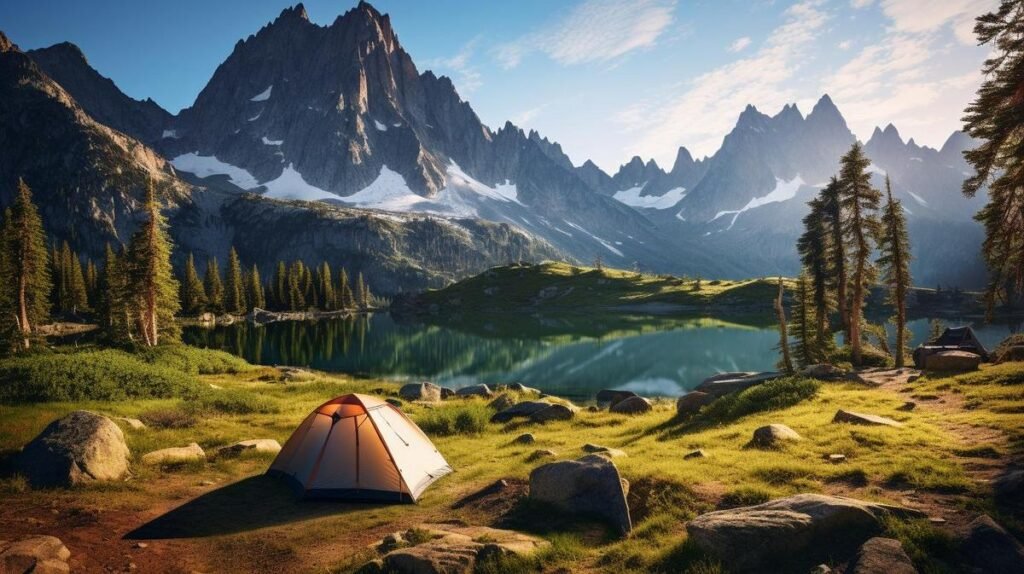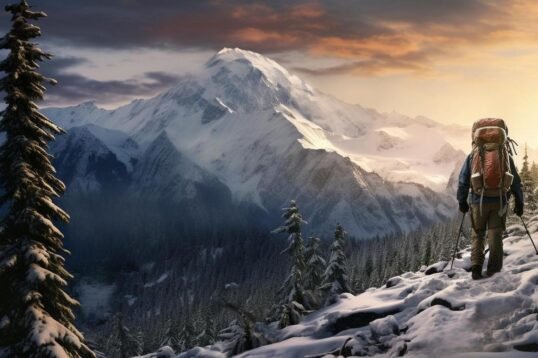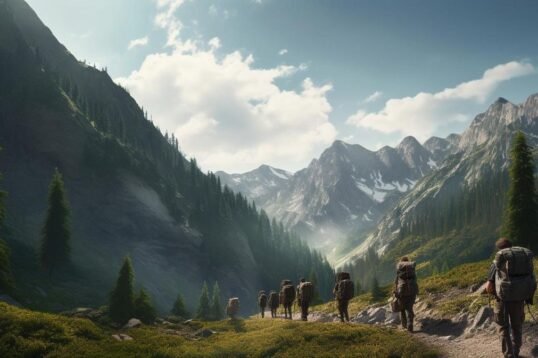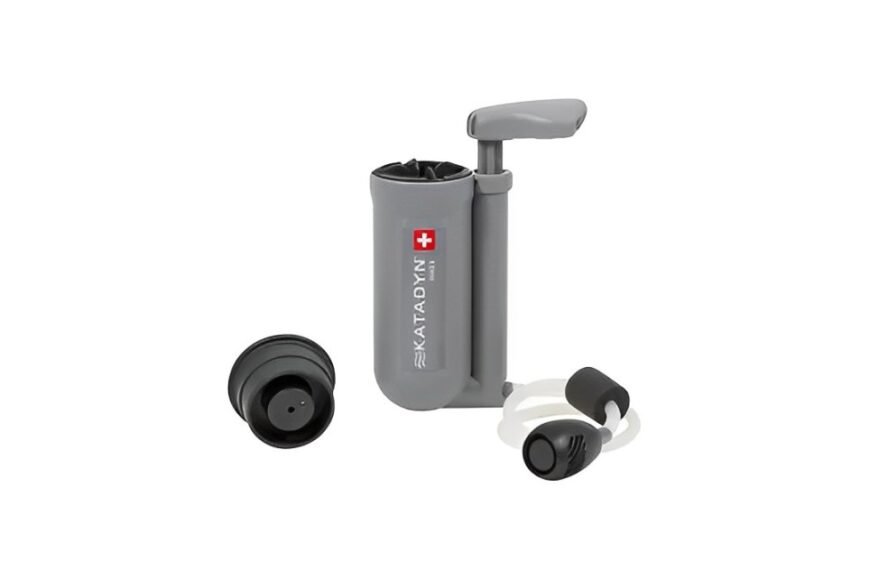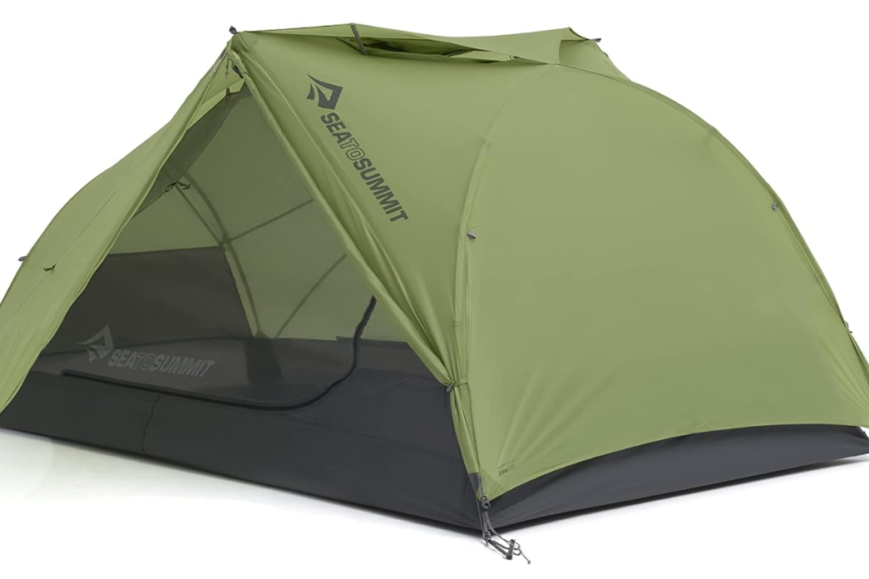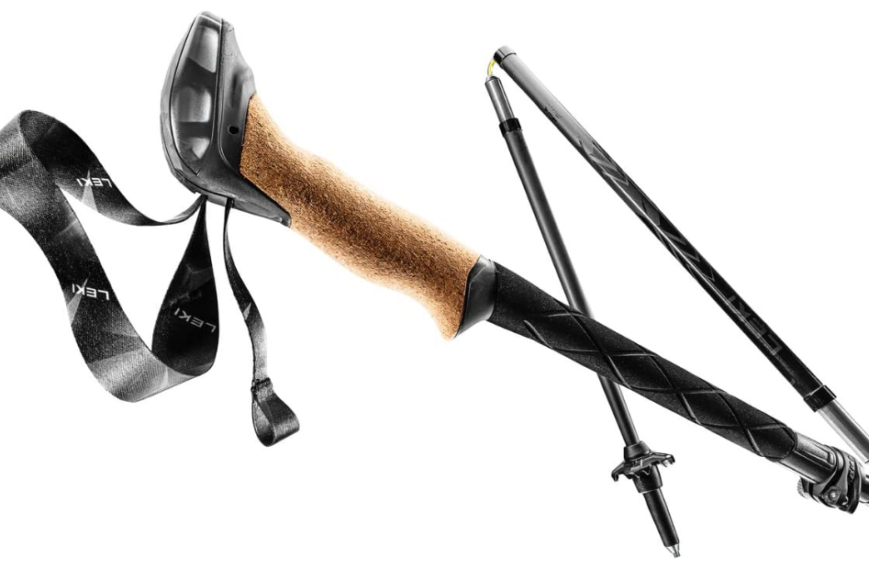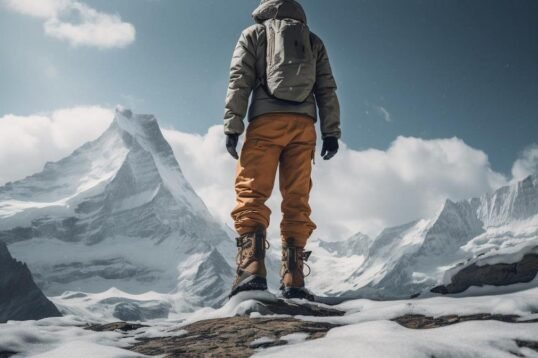- Essential mountain camping gear: weatherproof tent, cold-resistant sleeping bag, sturdy backpack, map/compass/GPS, layered clothing, boots, power banks/solar chargers, water purification, whistle, mirror, and bear spray.
- Campsite selection tips: Seek flat ground, avoid sharp objects, use natural windbreaks, opt for seclusion, check for permits, consider RV parks for amenities, and use online maps for best spots.
- Safety measures: Prepare for altitude sickness, bear-proof food storage, smart camp setup away from hazards, equipped first aid kit, keep a safe distance from wildlife, and adhere to fire safety rules.
- Cooking advice: Use durable cooking tools, plan easy-to-make and hearty meals, be ready for sudden weather changes, choose appropriate stove fuel, and wear layers for warmth.
- Must-visit Smoky Mountains attractions: Clingmans Dome, Cades Cove, trails with panoramic views, lakes for fishing, natural hot springs, mountain caves, and hammock-friendly trees.
- Eco-conscious camping: Follow Leave No Trace principles, reduce waste, use established campsites, source firewood responsibly, and engage in trail preservation volunteering to protect the environment.
Heading out to the mountains? Don’t start your adventure without a solid plan! In this must-read guide, I’ll share essential tips to make sure you have all the gear for a safe and awesome mountain camping trip. From the checklist to the gear, you’ll learn what you need to pack, how to stay hydrated, and how to keep safe. Get your boots ready and let’s dive into what you need to make your mountain escape unforgettable!
What Essentials Are Needed for Mountain Camping?
Let’s dig into the crucial gear for mountain camping. First off, what should you not leave without? You need a proper tent, a sleeping bag suitable for cold nights, and a sturdy backpack. Throw in a map, compass, or GPS device for good measure. This stuff is your lifeline out there.
The Comprehensive Mountain Camping Checklist
A thorough mountain camping checklist is step one. It should include your tent, sleeping gear, food supplies, and tools. Don’t forget a first aid kit—accidents happen. Always double-check your list before heading out.
Selecting Weatherproof Camping Equipment for High Altitudes
Gear that stands up to wind and rain is vital for high places. Aim for a tent that says “weatherproof” on the label. It means cozy nights instead of wet, windy ones.
Essential Alpine Camping Gear: What to Pack
High up in the mountains, the air gets thin and cold. Your gear needs to handle this. Pack layers of clothes, and make sure your boots can grip rocky trails.
Off-grid Camping Essentials for Self-sufficiency
Going off the grid? Power banks and solar chargers are a must. Bring water purification tools too. You need to drink safe, clean water to stay sharp.
Hydration Tips for Camping at Elevation
At high elevations, your body loses water fast. Drink often, even if you’re not thirsty. Use streams and lakes to refill, but always purify the water first. Dehydration is a real danger up high.
Survival Tips: Staying Safe in the Wilderness
When out in the wild, let someone know where you’ll be. Learn how to signal for help. Pack a whistle, mirror, and bear spray just in case. These items are small, but they can save your life.
Backpacking Gear Essentials for Mountain Terrain
Quality backpacking gear should be light but tough. Your pack, poles, and shoes carry you forward. They should be up to the challenge of rough mountain trails. Choose gear that feels like part of you. This way, the mountain feels less like an obstacle and more like home.
Remember, any adventure starts with being well-prepared. Your gear is your best friend on the mountain, so pick wisely and respect the wilderness you’re stepping into. Happy trails!
How Do I Choose a Campsite in the Mountains?
Can you camp in Colorado’s Rocky Mountains? Yes, you can! But you need to know how to pick a good spot. To set up a good wilderness campsite, look for flat ground. You need space to sleep and eat without tipping over! Check the ground for sharp things or big rocks. You don’t want a stick poking you at night. Are there trees around? They can block the wind. That makes your fire safe and keeps you warm.
Choose secluded mountain campsites for quiet and peace. Look online or ask local hikers where you can find them. You might hike a bit more, but it’s worth it!
For family fun, find places with clean water and space for games. If you plan to stay in a national park, you might need a camping permit. Get it early so you don’t miss out. Visit park websites or call their offices for help on how to apply.
RV parks have nice stuff like showers and toilets. But they can be busy. Wilderness spots have less noise but fewer comforts.
If you want to make sure you have privacy, don’t camp right on the trail or too close to others. Hide your tent with bushes and trees if you can.
Use mountain camping maps to help you find the best spots. Online maps can show where to find these places and how to get there. They give you a lot of useful info.
There you have it. Picking the right spot is big in making your camp trip great. Remember, good camps have flat ground, are nice and quiet, and keep you safe. Happy camping!
What Safety Precautions Should I Take When Mountain Camping?
When mountain camping, safety is key. Prepare for possible sickness due to high heights. Getting sick from thin air can happen fast. Look for headaches, dizziness, or trouble with sleep. These signs mean you need to take it easy. Start at lower heights and slowly climb. Drink water and rest well too.
Protect yourself in bear lands. Learn what to do if you see bears. Make noise when you hike. Carry bear spray. Keep food safe in bear-proof boxes. Never keep food in your tent. Store it far away from where you sleep. This will keep the bears from coming close to you.
Set up camp safely and smart. Choose a place away from lone trees. Storms can make them a risk. Look for flat ground. Keep clear from paths that water could flow through. This will help keep your tent dry if it rains hard.
Always have a first aid kit. Fill it with bandages, gauze, tape, and creams for cuts. Painkillers can help with sore muscles. And don’t forget things for tummy troubles. A good kit can fix many problems.
Watch wildlife from a safe spot. Do not get too close. Use binoculars to see animals from far away. Stay in groups. Most wild animals will stay away from big groups of people.
Be smart with fires. Only use fire rings in camping spots. Put out fires with water until the ashes are cool. Follow rules about when and where you can make fires. This helps to stop wildfires.
Bears want your food, so you must store it right. Use bear boxes, poles, or canisters to keep your food safe. Bears can’t get in them. This keeps both you and the bears from harm.
How Do I Cook and Eat Properly in a Mountain Environment?
You might ask, “Can you camp anywhere in the Smoky Mountains?” The short answer is no. You must camp at designated sites or shelters.
Cooking in the mountains needs the right tools and food. You’ll want campfire cooking essentials that can handle open flames. This means a sturdy grill grate, pots, and pans made for the heat. Don’t forget a metal spatula and tongs!
Mountain camping cuisine can be both tasty and simple. Think of meals that are filling and can fuel your hikes. Quick pasta, beans, rice, and canned veggies work well. They’re light to carry and easy to cook.
Some campsites have barbecue facilities that you can use. Be sure to clean up after so you leave it ready for the next person! And always check fire rules before you light up that grill.
Mountain weather can switch fast. You need to be ready to cook in wind, rain, or cold. A windshield for your stove can be a lifesaver. Pack for all weather to stay comfy while you cook.
The right clothing helps a lot, especially in cold weather camping. Layers work best so you can put on or take off as needed. A warm hat and gloves can make cooking outside nicer.
What about your stove? The type of fuel is key. Some work better in cold or high places. Propane and isobutane are good choices for many trips. They are easy to find and use.
So, gear up, plan your meals, and get ready for a mountain feast!
What Are the Must-Visit Natural Attractions for Mountain Campers?
When you camp in the Smoky Mountains, you find many natural draws. The best natural attractions for campers in the Smoky Mountains include Clingman Dome and Cades Cove. Clingmans Dome stands as the highest point in the park, where you can see over 100 miles on clear days. Cades Cove offers lush valleys, wildlife viewing, and historic buildings. Aside from these, you might want to try out a few other must-visits:
Top Smoky Mountains Natural Attractions for Campers
Here, you’ll see tons of trees and feel like you’re on top of the world. There are also spots to fish, hike, and take photos you’ll never forget.
Discovering Peaceful Mountain Vistas
Look for trails that lead up high—it’s worth it. You’ll find spots so quiet, it’s just you and the sound of the wind.
Ideal Spots for Scenic Photography: Peaks and Panoramas
Search for peaks like Mount LeConte. They give you wide views perfect for those epic sunrise and sunset shots.
Popular Mountain Lake Fishing Spots
Lakes like Abrams or Fontana are full of trout. Get there early or at dusk for the best fishing.
Etiquette for Enjoying Natural Hot Springs
If you find hot springs, always keep them clean. Waiting your turn and being quiet lets everyone enjoy the peace.
Exploring Mountain Caves: Recommendations
Caves tell stories of the mountains. Alum Cave and Tuckaleechee Caverns are great spots. Don’t forget your light and helmet.
Best Locations for Hammock Camping Among the Trees
Trees are everywhere, so it’s easy to find two perfect ones for hammock camping. Just make sure your hammock doesn’t harm the trees.
Nature gives us these spots to enjoy but remember to treat them right. Pack out your trash, leave what you find, and keep the noise down so these places stay beautiful for all.
How Can I Be Eco-Conscious While Camping in the Mountains?
Camping in the mountains is great. But we must think about nature too. We can camp without hurting the land. How? Let’s dig in.
Embracing Eco-Friendly Camping Practices
First, leave things as you find them. Do not make new spots for tents. Use what is already there.
Implementing Leave No Trace Principles
To leave no trace, take all trash with you. And do not take things from the wild. Keep nature clean and pure for others.
Engaging in Sustainable Camping Initiatives
Next, help protect the wild. Join groups that keep camping green. They do great work to save our lovely outdoors.
Responsible Firewood Sourcing: Do’s and Don’ts
Be smart with firewood. Do not cut living trees. Use dead wood or buy it locally. This keeps forests healthy and safe.
Best Practices for Campsite Waste Disposal
For waste, have a plan. Pack it out so nothing is left behind. Carry bags for trash and recycle what you can.
How to Get Involved in Nature Trail Preservation Volunteering
Want to do more? Help mend trails. Giving time keeps paths clear and saves plants along the way. It’s good for you, too.
We can all camp the right way. Let’s keep the mountains great. Little acts make a big change. Let’s do this together!
Conclusion
In this post, we explored key tips for mountain camping, like picking the right gear and staying safe. We covered everything from creating a solid camping checklist to cooking in the wild. We also looked at how to find great spots and keep nature clean. Remember, good prep is key to enjoying the mountains safely and responsibly. Use what you’ve learned here to make your next outdoor adventure the best one yet!
![]()
